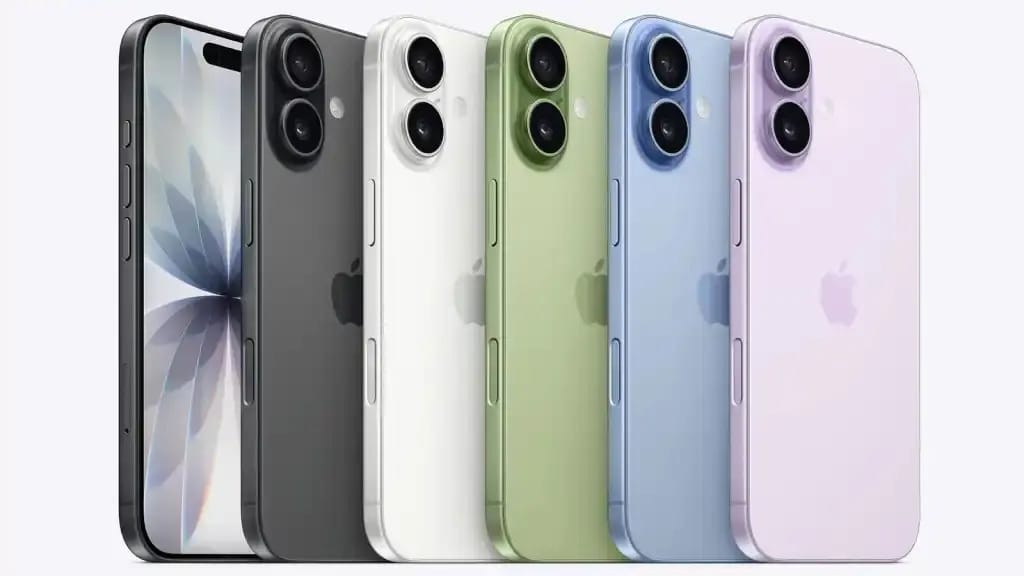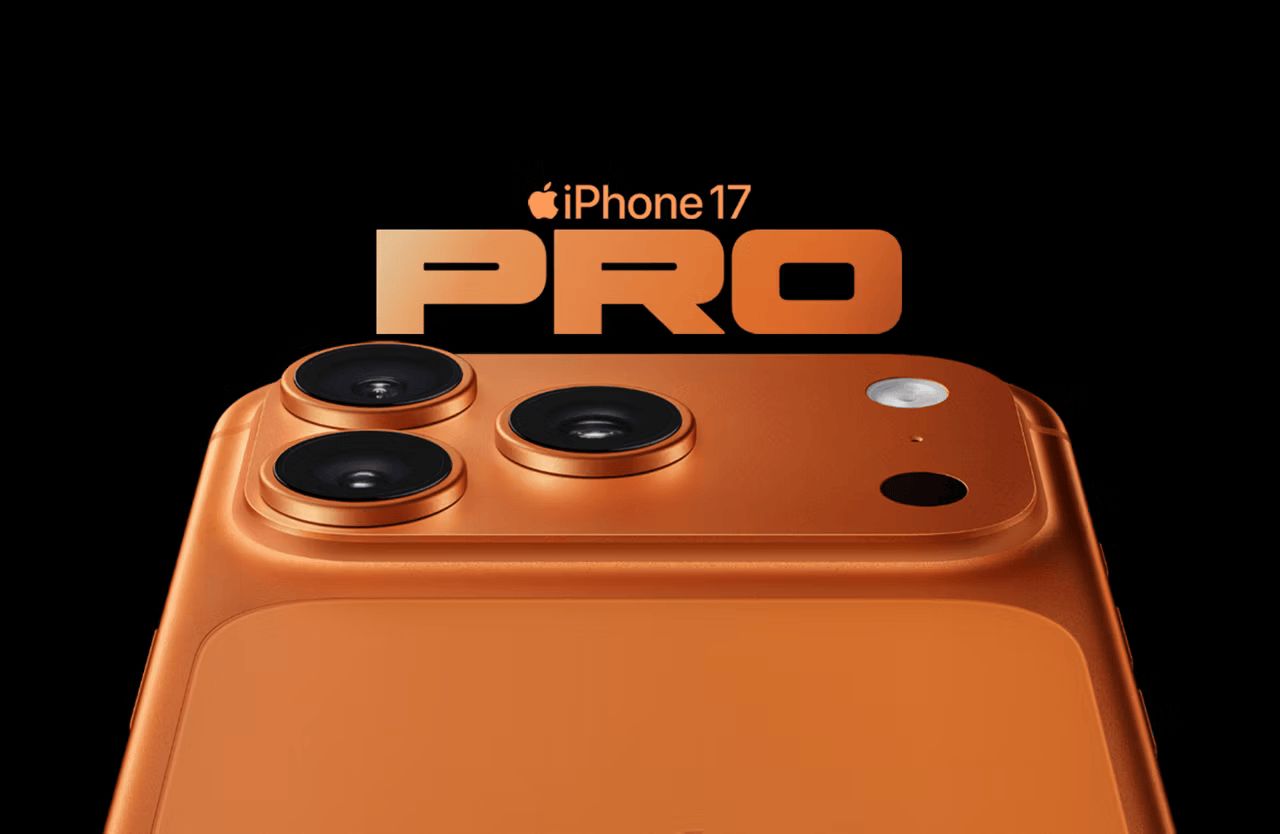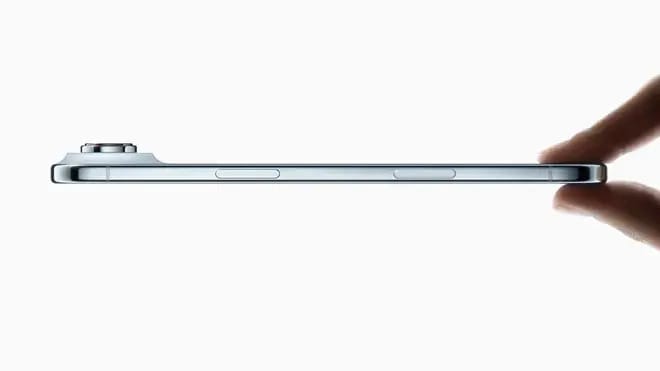iPhone 17:

From 18 years ago to today, the phone market has changed dramatically. Competition and new technologies have shaped the iPhone into what it is now, and in 2025, Apple brings us the iPhone 17 — packed with just enough updates to feel fresh.
Like every year, the improvements are modest. Two features define the base model this time: the new selfie camera and ProMotion. ProMotion marks the first time a “pro” feature has made its way to a non-Pro iPhone. It’s an adaptive refresh rate that scales up to 120Hz, giving smoother scrolling and visuals when you need them, and dropping down during standby to save battery.
The bigger highlight is the 18MP square selfie sensor, which powers Apple’s new Center Stage feature. It automatically crops photos in real time so everyone fits neatly in frame — no one cut off, no one squished.
Aside from those upgrades, the iPhone 17 looks familiar: same design, same camera bump, same display size, but new colors, a brighter screen, slightly longer battery life, about 20% more power, and a base storage bump to 256GB.
For most people, the iPhone 17 remains the best entry point: affordable (by Apple standards), polished, and a reliable part of the ecosystem.
iPhone 17 Pro:

For those who need more, there’s the iPhone 17 Pro. This year, Apple has made the Pro truly stand out, starting with the new “plateau” camera design. Inside, the components have been reorganized to make room for a larger battery — meaning real, all-day battery life without the backup charger.
The camera system also takes a leap, delivering sharper zoom that finally eliminates the grainy look when getting closer to your subject. Apple’s focus on thermals is another big shift: gone is titanium, replaced by an aluminum chassis with a built-in vapor chamber for better cooling. Performance-hungry users will notice the difference.
Naturally, the Pro includes the base model’s updates too — ProMotion, Center Stage, and the new selfie sensor. But this model is really aimed at creators, gamers, and enthusiasts who push their devices to the limit.
Whether you’re after buttery-smooth gaming, serious photography upgrades, or just the prestige of owning the “Pro,” this is the iPhone that does it all. Just don’t expect your wallet to thank you.
iPhone Air:

The star of the lineup is also the riskiest: the iPhone 17 Air. At just 5.6mm thin, it’s Apple’s boldest hardware experiment in years — borrowing inspiration from Samsung’s success with ultra-slim designs.
In terms of features, it’s a hybrid of the base and Pro models: A19 Pro chip, the iPhone 17’s camera, ProMotion, and Center Stage. On paper, it checks a lot of boxes. But in practice, thinness comes with compromises.
As Marques Brownlee notes, “Apple is either throwing something at the wall to see if it sticks or plans to make this a long term shot. It’s going to be a hard sell.” The Air sacrifices battery capacity, thermal performance, and durability. Bendability is still a concern, and the $999 price tag doesn’t help.
That said, the engineering feat is undeniable. Cramming so much power into such a slim frame is mesmerizing to hold. It’s a glimpse of what the future might look like — but for now, it feels more like a showcase than a practical daily driver. Unless thinness itself excites you, the Air is hard to recommend today.
Each model in the iPhone 17 lineup serves its purpose. The base iPhone 17 is the reliable, balanced choice for everyday users. The Pro is the powerhouse — built for gamers, creators, and anyone who demands more. And the Air is the bold experiment: beautiful, risky, and maybe a bit ahead of its time.
Whichever you choose, the iPhone 17 family proves Apple isn’t standing still — even if the changes arrive in careful, measured steps.
Training cutting edge AI? Unlock the data advantage today.
If you’re building or fine-tuning generative AI models, this guide is your shortcut to smarter AI model training. Learn how Shutterstock’s multimodal datasets—grounded in measurable user behavior—can help you reduce legal risk, boost creative diversity, and improve model reliability.
Inside, you’ll uncover why scraped data and aesthetic proxies often fall short—and how to use clustering methods and semantic evaluation to refine your dataset and your outputs. Designed for AI leaders, product teams, and ML engineers, this guide walks through how to identify refinement-worthy data, align with generative preferences, and validate progress with confidence.
Whether you're optimizing alignment, output quality, or time-to-value, this playbook gives you a data advantage. Download the guide and train your models with data built for performance.
If you’re intrigued and don’t want to miss the full post this Sunday, don’t forget to subscribe if you still haven’t.
What you’ll get by subscribing:
A convenient organization of news within a curated PDF of websites
Innovative ideas in your mailbox every Sunday
Newsletter recommendations aligned with your interests
Most important of all: the pride to be part of the community
What topic would you like to see in your inbox in the upcoming weeks?
In the meantime, sit back, relax, and start reading all our previous articles tailored just for you.


